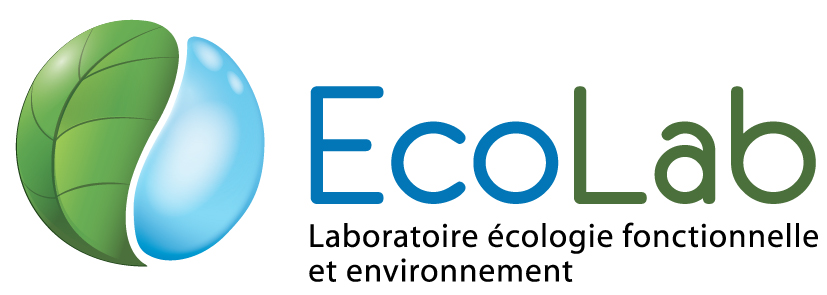Long-term biogeochemical cycling of radiocesium in French forests
Résumé
Current ¹³⁷Cs levels in French forests are mainly due to global fallouts (GF) from nuclear weapon tests and deposition from Chernobyl accident. Since Fukushima accident, there has been an increasing interest in the behavior of this persistent radionuclide in the soil-tree system at short and mid-term after its deposit (<15 years). However, its long-term fate still raises questions: Is its distribution in a steady-state? Is it consistent with that of its chemical analogues (¹³³Cs, K)? What about its long-term bioavailability?
To address these issues, we conducted in 2021 comprehensive sampling campaigns in deciduous and coniferous forests to quantify the long-term partitioning and cycling of ¹³⁷Cs, ¹³³Cs and K. The investigated sites (HET, CPS, PS) have contrasted characteristics regarding ¹³⁷Cs deposition (Chernobyl vs GF contributions), soil types, tree species and climate. The sampling consisted of 3 soil cores composites down to 40 cm and 6 trees per stand (HET: 6 beeches, CPS: 4 oaks & 2 beeches, PS: 4 Scots pines & 2 beeches). The first objective was to better understand the observed variability of ¹³⁷Cs between sites, species or individual trees, in relation to deposition characteristics, ¹³³Cs and K concentrations or any other relevant environmental factor. The second objective was to apply a bio-geochemical (BGC) cycling model to quantify ¹³⁷Cs, ¹³³Cs and K fluxes and identify key processes (uptake, immobilization, internal translocation) within each stand, and finally to determine if the ecosystem has reached a steady-state.
The total ¹³⁷Cs inventories in HET, CPS and PS stands (organic +mineral soil +tree) are ~2800, ~1600 and ~3300 Bq/m² with a respective GF contribution of 80%, 84% and 45%, respectively. The soil remains the major ¹³⁷Cs reservoir (>95%) with a weak contribution of the organic layers (<1%).
Stand-averaged ¹³⁷Cs activity concentrations in tree organs vary by more than an order of magnitude in the 3 stands, from typically ~0.1 to ~4 Bq/kg dw. The pattern is similar to that observed at short-term after Chernobyl and Fukushima accidents: roots ≥ leaves/needles = twigs ≥ bark ≥ branches = stemwood. In HET and CPS, ¹³⁷Cs and ¹³³Cs concentrations were linearly related (r≥0.9; p<0.001), suggesting a reached equilibrium. Whatever the isotope, the variability observed between individual trees is not correlated to tree characteristics (tree age, DBH or height) and remains under investigation at this stage.
Normalized ¹³⁷Cs activity concentrations in stemwood (NC, m²/kg) of beech trees strongly vary between sites, from ~0.7 10^-4 m²/kg at HET site to ~5.1 10^-4 m²/kg at PS site. Such a variability could not be explained by differences in the ¹³⁷Cs soil exchangeable fraction. NC in stemwood of oaks and Scots pines are lower than those of companying beeches (1.1 10^-4 and 0.8 10^-4 m²/kg, respectively). Our results are 1 order of magnitude lower than those observed on the mid-term after Chernobyl, likely indicating a long-term decrease of ¹³⁷Cs bioavailability in soil.
Investigations on potassium behavior, estimation of BGC fluxes for ¹³⁷Cs, ¹³³Cs and K, as well as on the selectivity coefficients for transfer processes, are under progress.
Domaines
Sciences de l'environnement
Origine : Fichiers produits par l'(les) auteur(s)
licence : Copyright (Tous droits réservés)
licence : Copyright (Tous droits réservés)

